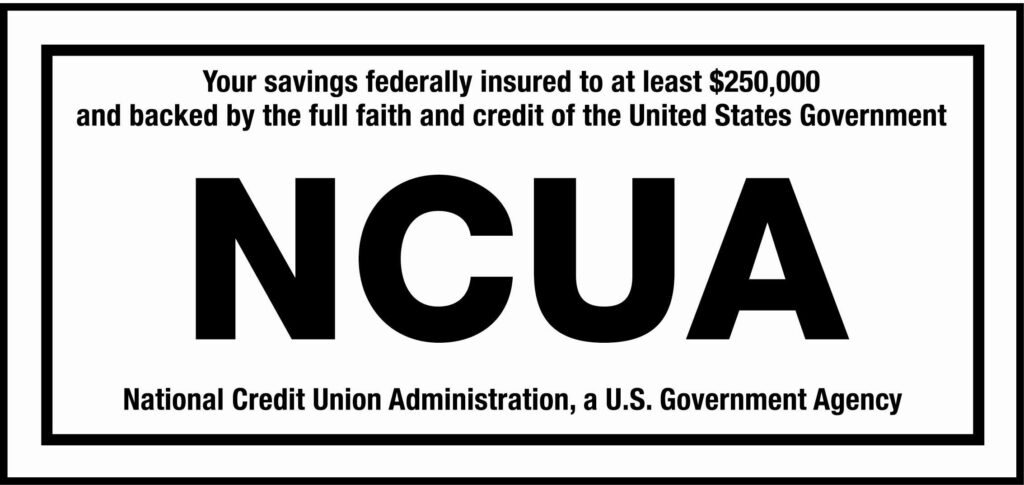12 Steps to Financial Wellness: Step 10- Plan for Retirement

12 Steps to Financial Wellness:
Step 10- Plan for Retirement
It’s never too early – or too late – to start planning for your retirement. However, the more time you allow for your savings to grow, the bigger the nest egg you’ll have when it’s time to cash in.
Here’s how to get started on planning your retirement.
Set a target number
First, determine how much you’ll need to have saved to live comfortably and independently throughout your retirement. Experts advise taking your current living expenses and multiplying the number by 400 to identify the amount you’ll need to sustain yourself based on a 4% return.
Choose your retirement account strategy
Next, you’ll need to select a place to keep your retirement savings. There are many options to consider, some of which you may already have if you are, or have been, employed. Here’s a quick review of the two most common retirement accounts:
-
401(k)
If you’re employed, you likely have a 401(k) that’s working toward collecting money for your retirement. Take advantage of this retirement tool by maximizing your contributions. Also, many employers match a portion of (or all) contributions you make, which is basically free money, to help your retirement savings grow tax-deferred.
-
IRA
There are two popular kinds of Individual Retirement Plans (IRA): conventional IRAs and Roth IRAs. A conventional IRA will let your money grow, tax-deferred, but withdrawals are taxable. A Roth IRA does not feature tax-deferred growth, but qualified withdrawals are not taxed. Like a 401(k), some employers match a portion of (or all) contributions. But, there are federal limits on how much money you are allowed to add to your IRA each year.
The table below shows a brief summary of the pros and cons of each retirement vehicle for easy comparison.
| Features | 401(k) | IRA | Roth IRA |
| Matching Funds | Yes | No | No |
| Tax-Deductible | Yes | Depends on income, tax-filing status and other factors | No |
| Tax-Deferred Growth | Yes | Yes | No |
| Taxable Withdrawals | Yes | Yes | No |
| Maximum Yearly Contribution (2022) |
$20,500 |
$6,000 |
$6,000 |
| Maximum Yearly Contribution Age 50+ (2022) |
$27,000 |
$7,000 |
$7,000 |
After you’ve selected your retirement fund, you’ll also need to choose somewhere to invest. With a bit of work and a lot of planning, you’ll have your future secured in the best way possible.
Read Step 1: How to Track Your Spending
Read Step 2: Creating a Budget
Read Step 4: Have the Money Talk With Your Partner
Read Step 5: Practice Mindful Spending
Read Step 7: How to Pay Yourself First
Read Step 8: Know When and How to Indulge
Read Step 9: Build and Maintain an Excellent Credit Score
Read Step 10: Plan for Retirement
Read Step 12: Review and Tweak
Banking With A Purpose
Much more than a catchphrase, our tagline is our passion, our reason why we do what we do. This is the impact of your membership with AGCU.
Learn More About Banking with a Purpose




